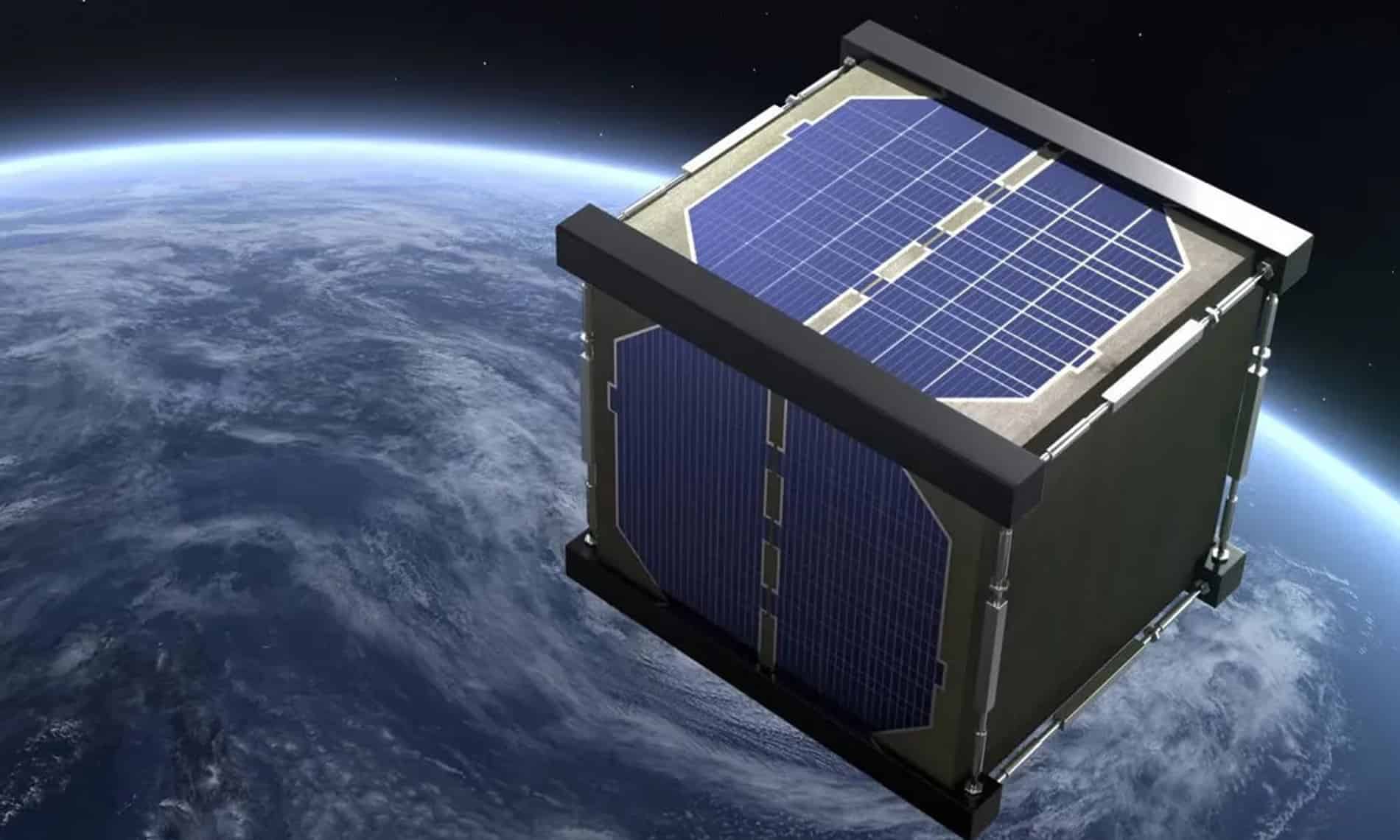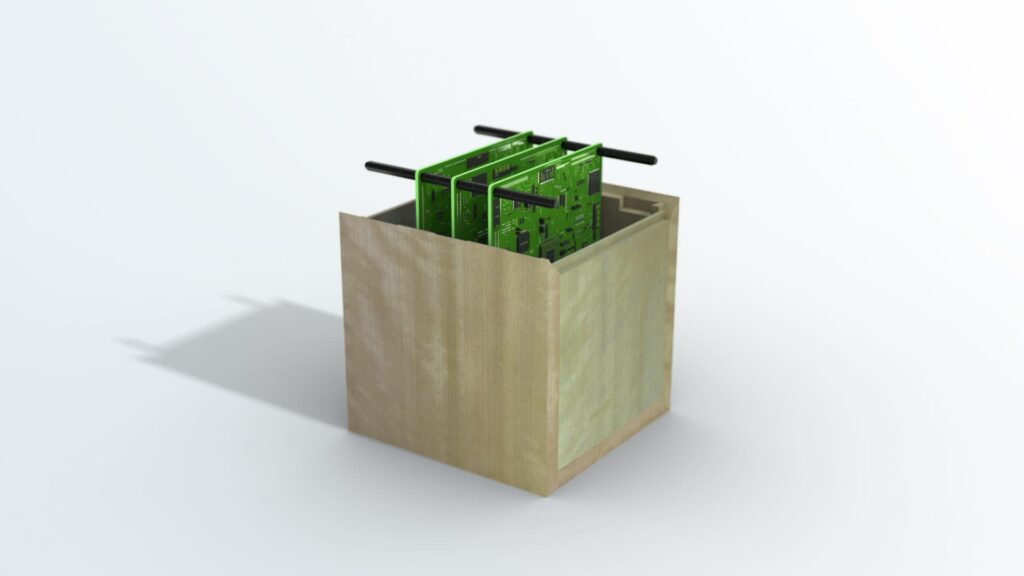
This summer, Japan is set to launch the world’s first satellite whose housing is made of timber rather than metal like aluminum. It’s an important step forward in combating pollution from defunct satellites burning in Earth’s atmosphere upon re-entry.
The surprising sturdiness of wood in space
You’d be forgiven for thinking launching a satellite made of wood is insane. At face value, it doesn’t make any sense to house sensitive telecommunication equipment inside a wooden frame considering the inhospitable conditions of space. However, we’re not growing trees here.
There is no oxygen in space, which means there is zero risk of wood catching fire, treated or otherwise. And since space is essentially dead, there are no microorganisms to cause rot.
One major advantage of wood over metal is that the former is essentially transparent to many wavelengths. This means you can safely tuck antennas inside the wooden frame, thereby eliminating the need for external antennas. Currently, when a new satellite is placed into orbit, it has to unfurl external antennas. This a very delicate procedure that is sometimes prone to failure. It has happened quite a few times, most recently in April 2023 when a next-generation Viasat communications satellite ran into a problem deploying its mesh antenna. Without the antenna, a satellite is rendered useless at great cost.
However, the main reason why Japanese researchers claim they favor wood is not because of its advantages during operation. They’re more interested in its qualities when a satellite has completed its life cycle.
Satellite air pollution is bound to become a problem

“All the satellites which re-enter the Earth’s atmosphere burn and create tiny alumina particles, which will float in the upper atmosphere for many years,” said Takao Doi, a Japanese astronaut and aerospace engineer at Kyoto University.
“Eventually, it will affect the environment of the Earth.”
There are 8,377 active satellites in various Earth orbits as of January 3, 2024. At the end of 2022, there were only 6,718 active satellites and in 2008 there were less than 1,000. You can spot the pattern.
“Five or 10 years from now, we’ll have somewhere between 20,000 and 100,000 satellites, and I am very skeptical that at the upper number of 100,000 things can be operated safely,” Jonathan McDowell is an astrophysicist and astronomer at the Harvard-Smithsonian Center for Astrophysics told Space.com during a 2023 interview.
LignoSat for the future
As more and more of satellites clog Earth’s low orbit, the issue of safely disposing of them becomes increasingly important. Right now, alumina pollution owed to the burning of defunct satellites is probably not a huge deal. But the problem will only compound in the future as our technology requires more satellites in space. Researchers at the University of British Columbia, Canada, found that alumina in the atmosphere can significantly deplete the ozone layer that shields life on Earth from dangerous ultraviolet radiation.
The Japanese wooden satellite is thus more important than meets the eye. The satellite, known as LignoSat, was designed by scientists at Kyoto University in collaboration with a local logging company.
Previously, the researchers ran tests on different types of wood to analyze how well they can withstand space. Tests were carried out in a lab that mimics the conditions of space, with no significant damage or decomposition observed. Samples were then sent to the International Space Station where they were exposed to space outside the station for almost a year before being returned to Earth. Again, no damage was observed — as expected.
LignoSat is now in the final stages of its safety review and is expected to launch in a joint mission by JAXA and NASA in the summer of 2024. It remains to be seen whether it will piggyback an Orbital Sciences Cygnus supply ship to the ISS or a similar SpaceX Dragon mission.






